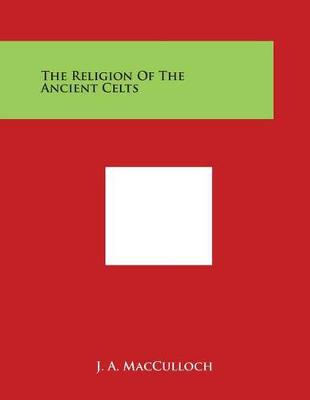Celtic interest
3 total works
The author portrays the Celt as a seeker after God, linking himself by strong ties to the unseen and eager to conquer the unknown by religious rite and magic art. The earliest aspect of the religion of Celtic man was the cult of nature spirits and of life manifested...Read more
The author portrays the Celt as a seeker after God, linking himself by strong ties to the unseen and eager to conquer the unknown by religious rite and magic art. The earliest aspect of the religion of Celtic man was the cult of nature spirits and of life manifested in nature. The records of the ancient Celtic religion are scanty: for the Irish Celts there is some written material found mainly in the 11th and 12th centuries; from Wales there is the classic document "Mabinogion". Valuable hints are supplied by early classical documents but more important are the existing folk customs which preserve so much of the old cults. Celtic burial mounds yield their testimony to ancient beliefs and customs: the cult of the dead; river and well worship; tree and plant worship; Druidic rites of rebirth and transmigration. The earliest aspect of the religion of Celtic man was the cult of nature spirits and of life manifested in nature. How far the Celts cultivated religion in our sense of the term or had a vision of monotheism must remain unknown. But a people whose spiritual influence has been so great must have had glimpses of these things.
A study of the disparate religions and mythologies which have dominated Celtic and Scandinavian regions.
Few surviving Celtic myths bear any resemblance to their originals. In the course of time they have been infused with romance, pseudohistory and Christian theory. Stories of Ireland and Wales have been combined with tales of love, war and slaughterdeeds both noble and ignoble. In this classic study, MacCulloch...Read more
Few surviving Celtic myths bear any resemblance to their originals. In the course of time they have been infused with romance, pseudohistory and Christian theory. Stories of Ireland and Wales have been combined with tales of love, war and slaughterdeeds both noble and ignoble. In this classic study, MacCulloch proves that Celtic legend borrowed from preCeltic mythology, just as Christianity in Britain subsumed much of the Celtic past.

